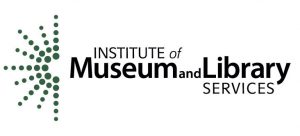Background
Over the years, many scholars and practitioners across the LIS field have iterated and implemented many steps to diversify recruitment, such as: recruitment of marginalized groups, financial aid/scholarships for marginalized students, affirmative action in LIS admissions, and curricular changes. Similar steps have been taken to include retention measures.
While such steps have undoubtedly shifted the demographics of librarianship, recent data has shown that it is still far from equitable.
- The Department for Professional Employees found that in 2020 “just over 83 percent of librarians identified as white” and that as of 2018 “31.5 percent of the library workforce” was over the age of 55, versus only 19.6 percent of the total United States workforce.
- The Association for Library and Information Science Education (ALISE) found that 64.2 percent of the ALA-accredited degrees awarded in 2021 went to students who identified as white, while only 7.9 percent were Hispanic/Latino of any race, 4.6 percent were Black/African-American, and 3.5 percent were Asian. New student enrollment in 2021 mimics this pattern.
ILMS has a long history of supporting Diversity, Equity, Inclusion, and Accessibility (DEIA) projects, but they have primarily focused on mechanisms for education about DEIA or on recruitment and retention of MLIS students, rather than systematic, institutional, or governance changes.
While such projects should be lauded, Pathways instead wishes to move forward and focus on actionable changes within the systemic contexts a NYLA taskforce identified across state and local systems in January of 2021.
Research Focus
Pathways will focus on the state and local systems found in New York State in order to answer four essential research questions:
- What are people’s current experiences of pathways into and within the library profession?
- What are the challenges or barriers people face along their pathways?
- How, if at all, do those challenges vary among library types and settings?
- How can we reduce or eliminate these barriers with the goal of increasing diversity and representation in New York’s library workforce?

